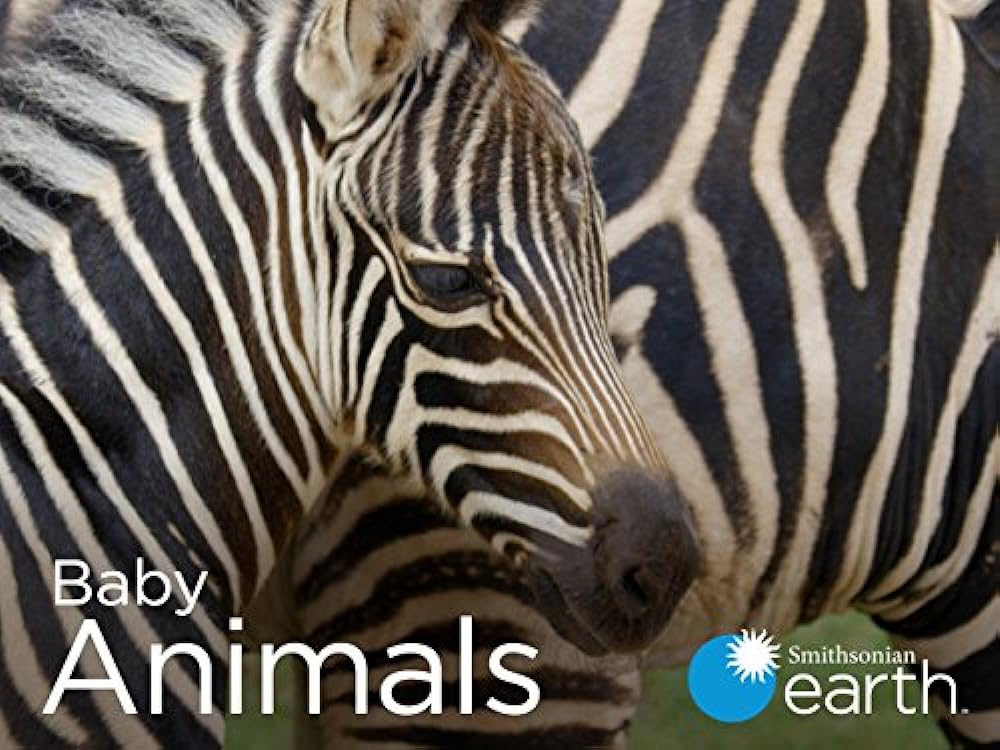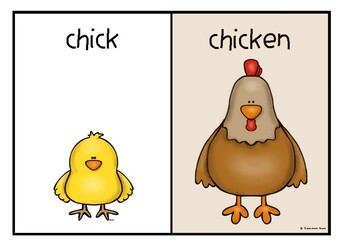
Research Stark has co-authored found that babies reach out to all our senses – with their newborn smells and giggly laughs, for example – to help secure a caregiving response. "It would make sense to think that over time, the cuter the baby, the better care it received, boosting its chances of survival."

"I would think that the two have co-evolved," suggests Stark.

By plucking on our heartstrings, human babies are cleverly – if unknowingly – ensuring that they stay alive.ĭoes this mean babies’ features have evolved to appeal to us, or that humans have evolved to find their features cute?

Human babies, meanwhile, come into the world utterly helpless and remain dependent on their parents for many years. Horses and cows can walk within hours of being born, for example, and cats and dogs reach maturity inside the space of months. It’s hard to judge whether other species experience the same pangs of love for cute creatures that we do, but this caretaking instinct may be particularly strong in humans because our offspring rely on us for far longer than those of every other mammal. The effect of this may be to approach the infant or cute animal, wanting to pick it up or look after it." Our nature to nurture "We think this early activity biases the brain towards processing the cute stimulus – for example, by making sure we give it our full attention. "We know that there is a really fast burst of activity in the orbitofrontal cortex, an area of the brain involved in reward," she says. "Any predisposition to be especially benevolent toward critters that meet the “baby schema” is likely to be strongly favoured by natural selection," confirms Barash.Įloise Stark works in the psychiatry department at the University of Oxford, studying parent-child interactions, and she believes the mere sight of something cute leaves a big impression on our minds. Research published in 2009 by German and American scientists found that both women and men seem to have an internal trigger that not only zooms in on cuteness but also prompts us to want to look after the creature in question – which suggests this is an evolutionary adaptation. Culture, too, backs up this preference, as abstract representations of the baby schema can be found all over the world in cartoons and toys.

Study after study has confirmed that humans prefer pictures of infants over those of grown-ups, and scientists at the University of Lincoln have calculated this strong drive becomes hardwired into us by the age of three.


 0 kommentar(er)
0 kommentar(er)
